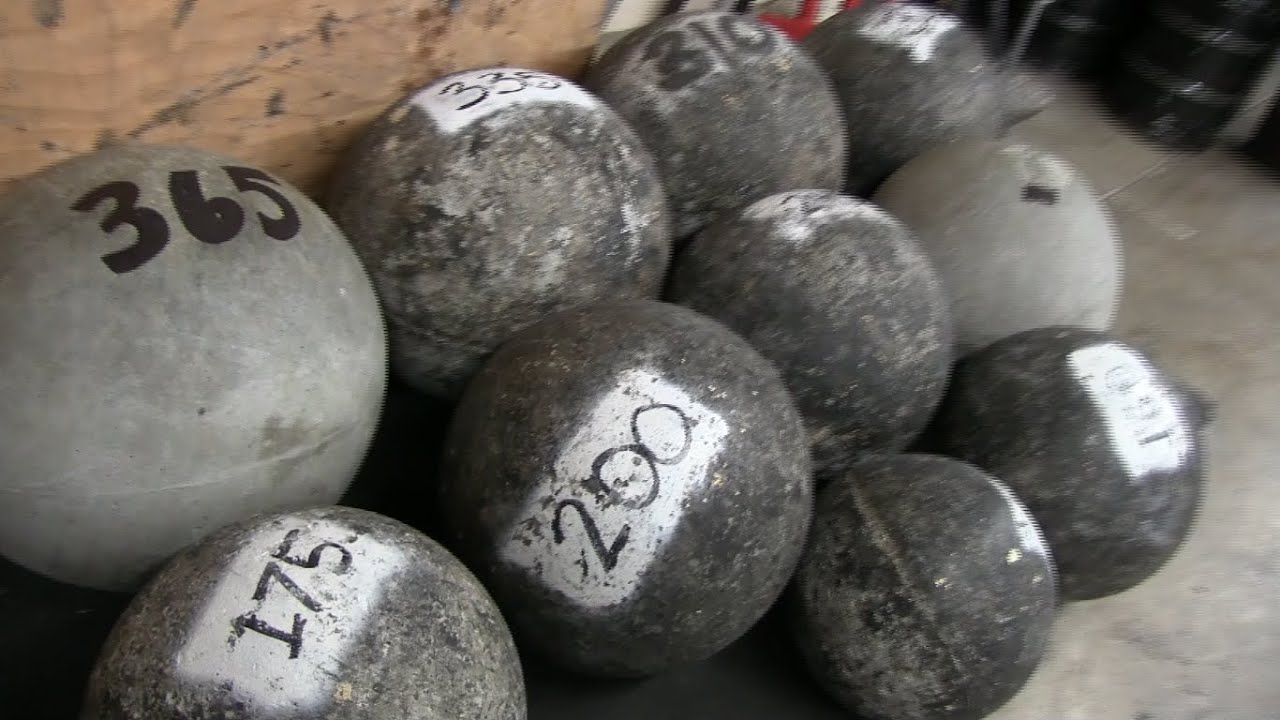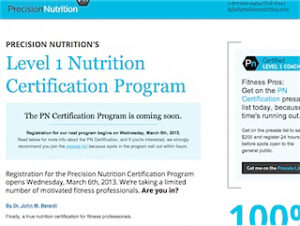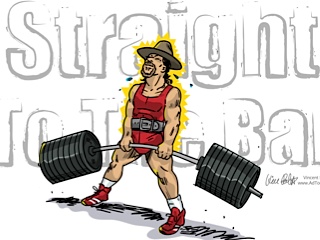
Want to know how to eat anything you want and still watch your body change (for the better)?
It doesn’t matter what your goal is either.
After you’ve made your mind up to make a change, it becomes all about nutrition.
We’ve covered a lot of material up to this point. Now we’re going to dig into the nitty gritty. How to make things happen.
Over the next few weeks, we’ll cover everything related to nutrition you need to know to burn fat, build muscle, and transform your body.
Today’s article will serve as a primer. It will lay a foundation for things to come.
I’m going to do my best to keep things simple. But keep in mind that our bodies are very complex, and so is nutrition. So from time to time things might get a little hot and heavy.
Every detail surrounding nutrition isn’t needed to get results. Think about a car. It has lots of moving parts. But you don’t need to know how everything works to drive. All you need are a few basics.
Same thing applies with nutrition.
Calories
It all starts here.
It’s impossible to talk about changing a physique without talking about calories.
It’s a numbers game.
Everything begins and ends here.
There’s a lot of confusion surrounding calories. And as they’re at the heart of body transformations, explaining what a calorie is makes a good starting point for today’s discussion.
What Is a Calorie?
A calorie is nothing more than a unit of measure.
It’s the amount of energy needed to raise 1 gram of water 1 Celsius.
To breathe, grow, and move all requires energy. That energy is supplied by food. The amount of energy our body gets from eating and drinking is measured in calories.
In the lab, calories are written as cal. A nutrition calorie is 1000 lab calories and is written as Cal or Kcal. Notice the capital letters.
Are All Calories Equal?
It’s common to see people bicker about calories all the time.
Are all calories created equal?
Is a calorie a calorie?
Short answer is yes.
It has to be.
As I mentioned earlier, a calorie is a unit of measure.
Wouldn’t be much of a measuring tool if it wasn’t a constant.
Just like a pound is always a pound. It’s a measure of weight. Doesn’t matter if it’s a pound of rocks or a pound of feathers. Each weighs a pound.
The volume will be different, but weight remains constant.
Same thing applies to food. A 600 Cal breakfast of bacon and eggs has the same calories as a 600 Cal breakfast of pop tarts or a 600 Cal breakfast of fresh fruit.
Each plate will look different, but they’ll all have the same amount of calories.
So as a measuring tool…
a calorie is a calorie.
It has to be.
Where They Differ
Even though each calorie has identical energy output there are some differences worth noting.
It’s like a tank of gas in your car. There are many different grades of gas and each effects your car slightly different.
Calories are very similar. Each source of calorie has a slightly different effect on our body.
So while they may have the same energy output, sources of calories become important when talking about health.
Next week we’ll go into the different nutrient requirements.
This week we’ll stick with our energy requirements.
Daily Caloric Demands
Basal Metabolic Rate (BMR) is an estimate of how many calories your body needs to perform all necessary functions like digestion, repair, breathing. Basically all the stuff that keeps us alive and moving.
It’s impossible to get an accurate reading from home. Even if you could it’s dynamic. Caloric needs are constantly changing. We can get an estimate that will provide a good starting point.
Once this base number is established adjustments can be made as necessary. It’s easy to move up or down depending on how your body has reacted.
There are a bunch of different formulas out there. No need to go through them all. I find the Mifflin-St Jeor Formula works well.
Men
10 x weight (kg) + 6.25 x height (cm) – 5 x age (years) + 5
Women
10 x weight (kg) + 6.25 x height (cm) – 5 x age (y) – 161
Note: To get kg from pounds divide weight in pounds by 2.205
Example: 230lbs guy = 230 ÷ 2.205 = 104.3 kg
To get height in cm for feet in inches first multiply number of feet by 12. Add to that the inches then multiply by 2.54
Example: Person is 5’6″ = (5×12)+6=66inches then 66×2.54=167.64cm
Activity Factor
BMR only paints part of the picture. Daily activity contributes to daily caloric demands and needs to be taken into account.
This is an area that tends to get over overestimated. It’s important to be honest as to home much you move. If anything say that you move less than you do.
It’s also necessary to assume variations in activity factor (if needed).
Activity Factor Multipliers
BMR x 1.2 = Sedentary. If you do little or no exercise in a day.
BMR x 1.375 = Light Activity. If you are lightly active, exercise or play sports 1-3 days/week.
BMR x 1.55 = Moderate Activity. If you exercise or play sports 3-5 days/week.
BMR x 1.725 = High Activity. If you are very active, work out hard or play intense sports 6-7 days a week.
BMR x 1.9 = Extreme Activity. If you have an extremely physical active job plus play a sport or workout or train twice a day.
There may still be some confusion as to what activity level you fall into. I suggest you select what category you fall into. Then go one activity level lower.
It’s possible to have a desk job, play softball 7 days a week – and still fall into the sedentary category.
Keep in mind exercise intensity levels, frequency and what your activity is like for most of your day.
I have to stress that this multiplier can be the make or break to your success. So be honest. Underreporting activity is a your best bet.
Fitbit Monitor
For those who want a more accurate calorie count. There are a few different tools on the market that can help you track your daily caloric burn.
None are 100% accurate, though they can give you a good numbers to work with. This is particularly true if you’ve been stuck in a rut. If burn levels were thought to be high there tends to be overeating or indulging in treats. A monitor may reveal that not as many calories are burned as once thought.
Fitbit makes a few different products that allow for easy tracking and seem to be fairly accurate.
fitnessdoctrine.info/fitbit
Their tiny Fitbit devices are used to measure movement intensity and angle of motion. Along with heart rate and weight it makes calculations on your daily caloric burn.
Since it’s all about the numbers, getting an activity monitor can be beneficial. It will provide more info, which means better guidelines and less frustration.
That can be well worth the investment.
Next week will cover food choices. You’ll discover how you can have your cake and eat it too. All while look better and better.
Previously in this series :
Transformation Techniques IV : Myths 2
Transformation Techniques III : Myths
Transformation Techniques II : Mental Strength
Transformation Techniques : Definitions
And for an even closer look at any of the topics discussed, swing by the guides area. Some great reading in there.











0 Comments